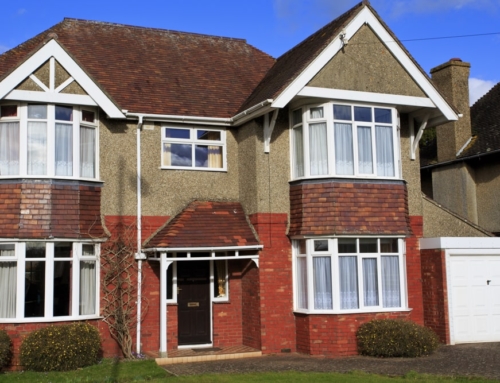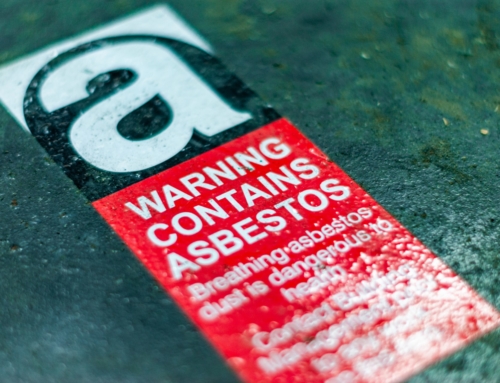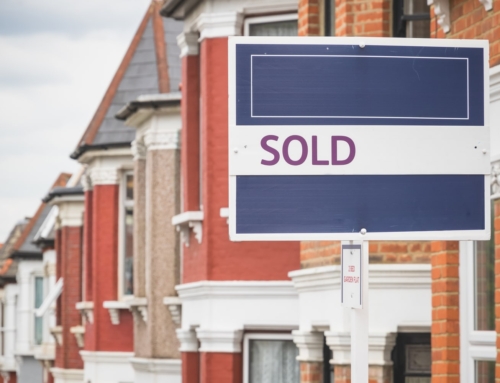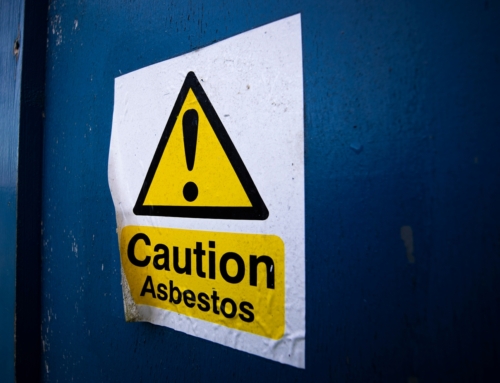Once widely used, asbestos is still present in many UK buildings and homes, as highlighted by the recent crumbling asbestos concrete crisis. As a response to the potential dangers associated with exposure, asbestos sampling has become an essential practice in identifying and managing this hazardous material.
Whether you’re a homeowner, business, contractor or anyone involved in renovation activities, gaining insights into asbestos sampling can contribute to the safety and well-being of occupants. Here’s everything you need to know.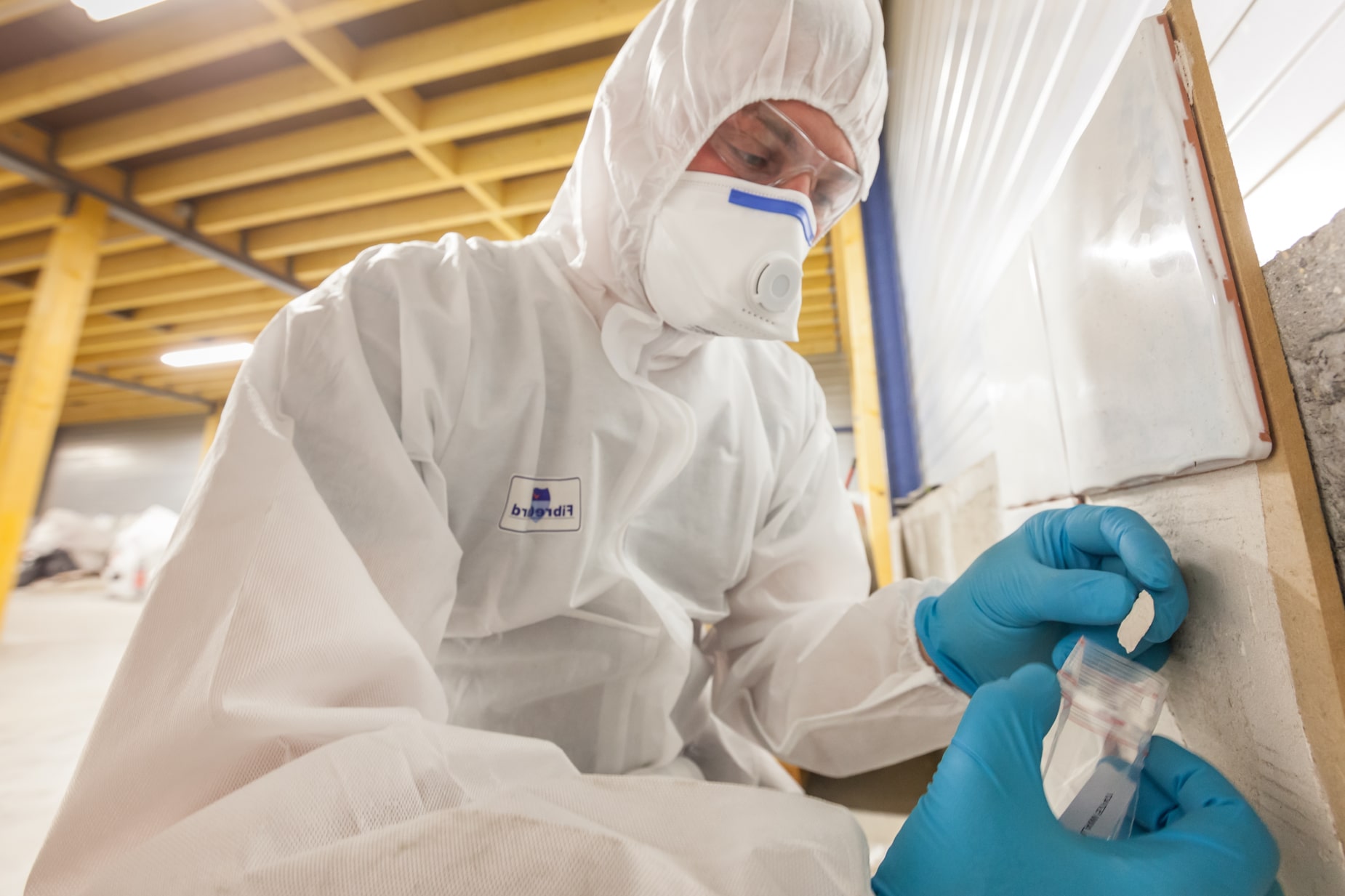
What is asbestos sampling?
Asbestos sampling and testing are necessary to identify potential asbestos-containing materials (ACMs) in buildings or structures to mitigate the associated health risks of exposure. Asbestos sampling is the process of collecting samples from a suspected material or site area to determine its presence.
When should you get asbestos sampling?
Asbestos testing is recommended when there is suspicion or uncertainty about the presence of ACMs, especially in older buildings constructed before asbestos was fully banned in the UK in 1999. It’s also crucial before any renovation or demolition activities, as disturbing asbestos can release harmful fibres into the air.
Can you test asbestos yourself?
While there are DIY testing kits available, you should always hire certified professionals for asbestos sampling. They have expertise in the best asbestos identification and safe sampling procedures. Without the proper training, you may risk exposing yourself and others if you do the tests yourself.
How do you get asbestos samples?
During sampling, a trained professional will take small samples of materials suspected to contain asbestos. There may already be material broken off or the sample will need removing from the material. The removed section will usually be dampened and sealed in a special container. These samples are then analysed in laboratory conditions using microscopic methods to identify and quantify the presence of asbestos.
Does asbestos sampling take long?
How long asbestos sampling takes will depend on the size of the area being assessed and the number of collections required. Typically, the process will take a few hours. The samples are then sent to a laboratory for analysis before you get answers.
What materials can be tested for asbestos?
Materials commonly sampled for asbestos include insulation (such as pipe lagging), ceiling tiles, floors, roofing and textured coatings. You can find out more in our blog on the most common commercial asbestos materials.
How invasive is asbestos sampling?
Depending on the job requirements, asbestos sampling can be minimally invasive, involving the collection of small samples. However, in some cases, access to hidden or enclosed spaces may be necessary, and localised removal of materials might be required for a thorough assessment.
Is asbestos sampling accurate?
Accurate asbestos sampling depends on proper collection and analysis conducted by certified laboratories. Qualified professionals follow strict protocols to minimise contamination and ensure the reliability of results.
What happens if asbestos is found?
If asbestos is found, further action may be required depending on the condition of the materials and the risk of fibre release. This could include asbestos removal by licensed professionals to mitigate health risks or continual monitoring as part of your asbestos management plan.
Get an asbestos sampling quote
Goodbye Asbestos offers asbestos testing and sampling across London, Surrey and areas of Fulham and Gerrards Cross. Get a free quote by calling 0800 024 6203, 07500 866733 or emailing info@goodbyeasbestos.co.uk.

